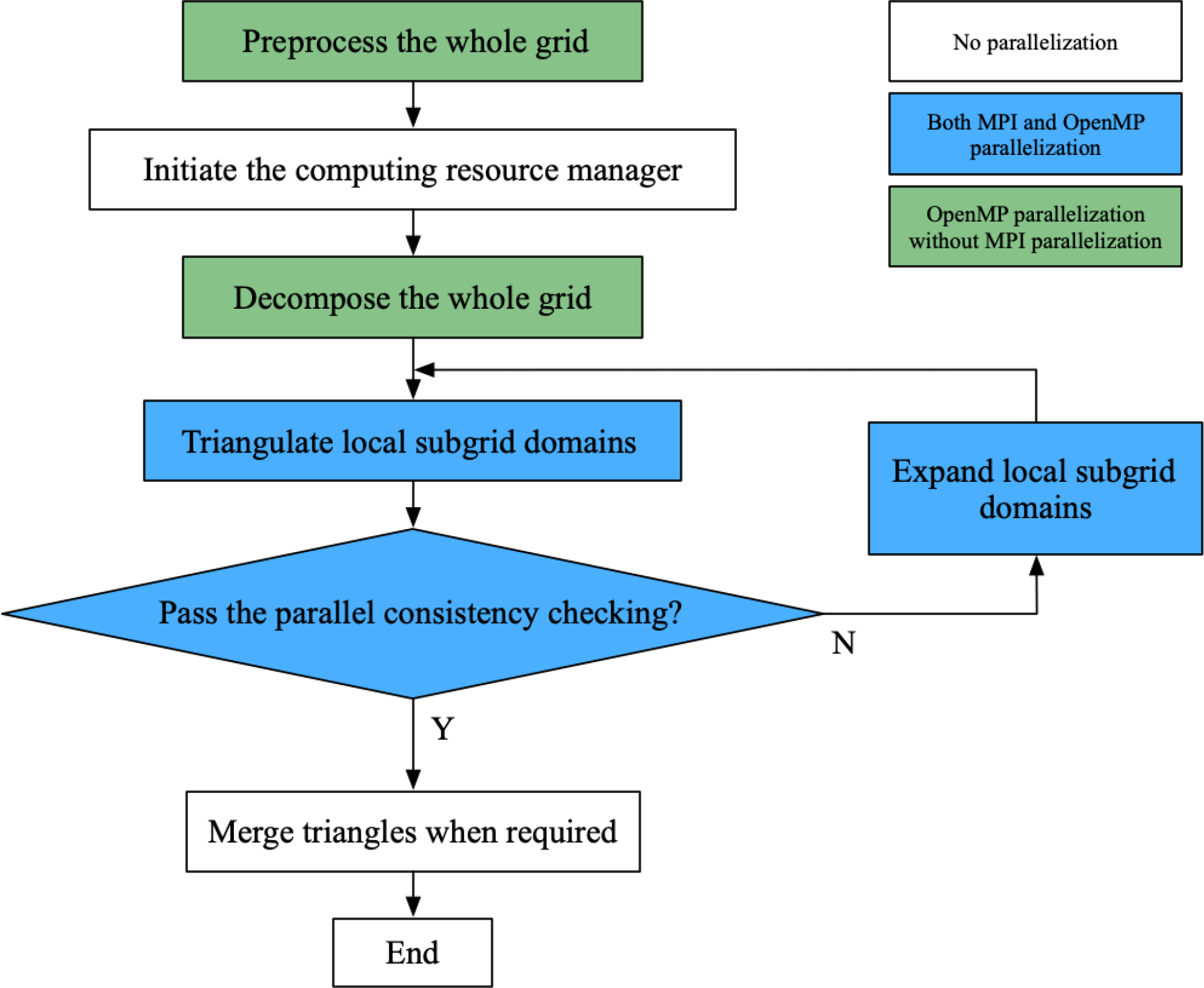

Overall F yw, changes were found for wet periods, during which ( F yw∼0.13) than in the pre-deforestation period The hydrological model, reflecting the changes in the parameter S U, max, indicated that in the post-deforestation period stream water was characterized by slightly yet statistically not significantly higher mean fractions of young water ∼101 mm in the post-deforestation period. Transpiration from ∼258 mm in the pre-deforestation period to That is within the reach of active roots and thus accessible for vegetation Reduction of evaporative fluxes could be linked to a reduction of theĬatchment-scale water storage volume in the unsaturated soil ( S U, max) Reflected by an increase in the runoff ratio from C R=0.55 to 0.68 in the post-deforestation period despite similar climatic conditions. It was found that deforestation led to a significant increase in streamflow accompanied by corresponding reductions of evaporative fluxes. Post-deforestation periods, respectively, a hydrological model with an integrated tracer routine based on the concept of storage-age selection functions is used to track fluxes through the system and to estimate theĮffects of deforestation on catchment travel time distributions and young Simultaneously modelling streamflow and stable water isotope dynamics using meaningfully adjusted model parameters both for the pre- and Results in shifts towards higher fractions of young water in the stream. Reduction of S U, max affects the shape of travel time distributions and Vegetation-accessible water storage capacity in the unsaturated root zone ( S U, max) after deforestation and that (2) the deforestation-induced Water storage dynamics and partitioning of water fluxes are largely a directĬonsequence of a reduction of the catchment-scale effective

Specifically, we test the hypotheses that (1) post-deforestation changes in

This further affects the storage and release dynamics of water. The partitioning of water fluxes can be observed after deforestation and how The objectives of this study in the Wüstebach experimentalĬatchment are therefore to provide a mechanistic explanation of why changes in Poor understanding of how deforestation affects principal descriptors ofĬatchment-scale transport, such as travel time distributions and young waterįractions. Predictions of the hydrological response after deforestation but also to a This in turn leads to substantial uncertainties in As a consequence, it is difficult to quantify the effect of deforestation on parameters of catchment-scale Physical properties of the system and to quantify these changes in system properties at the catchment scale. Problematic to directly link reductions in transpiration to changes in the Deforestation can considerably affect transpirationĭynamics and magnitudes at the catchment scale and thereby alter the partitioning between drainage and evaporative water fluxes released from


 0 kommentar(er)
0 kommentar(er)
